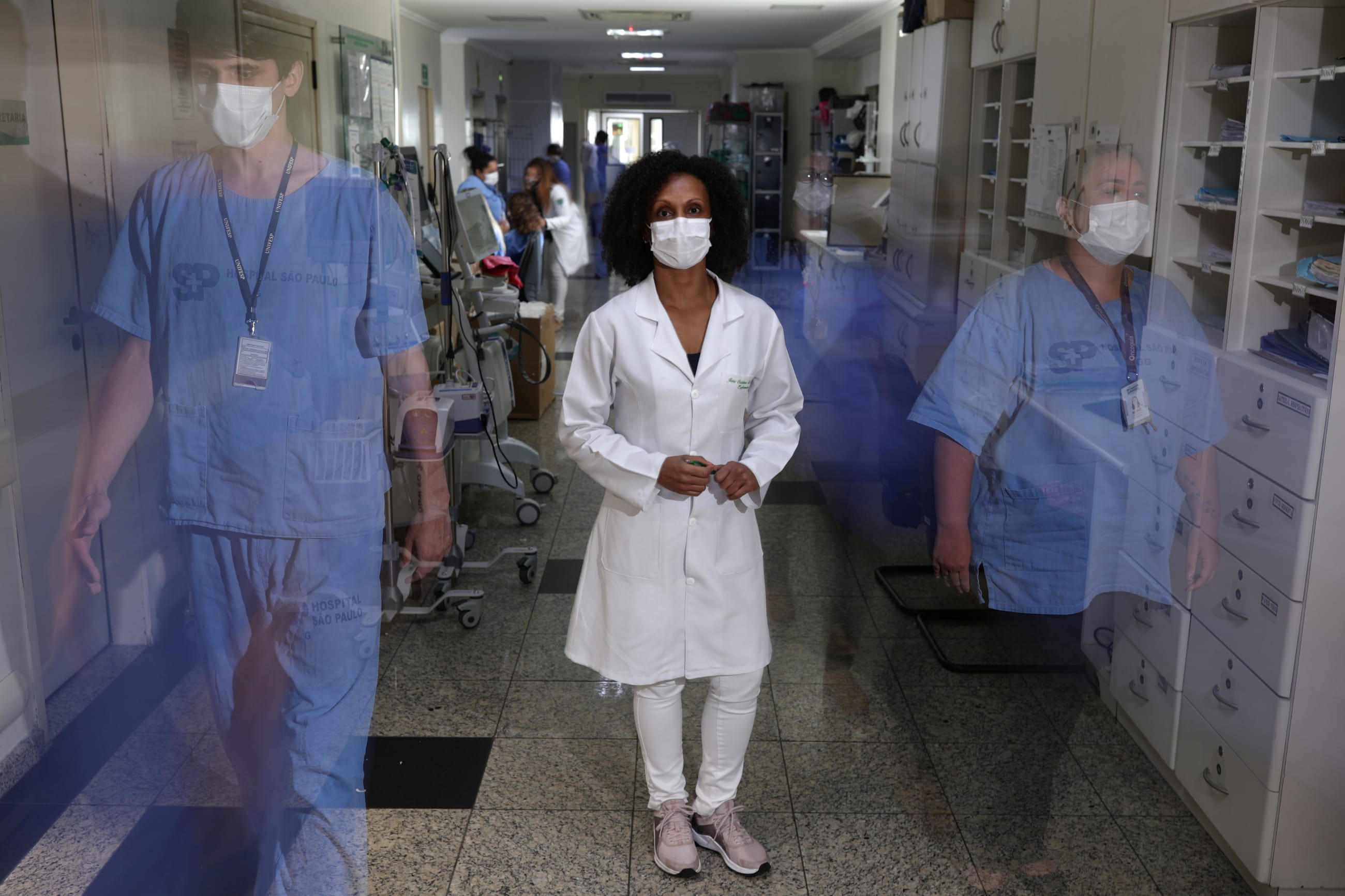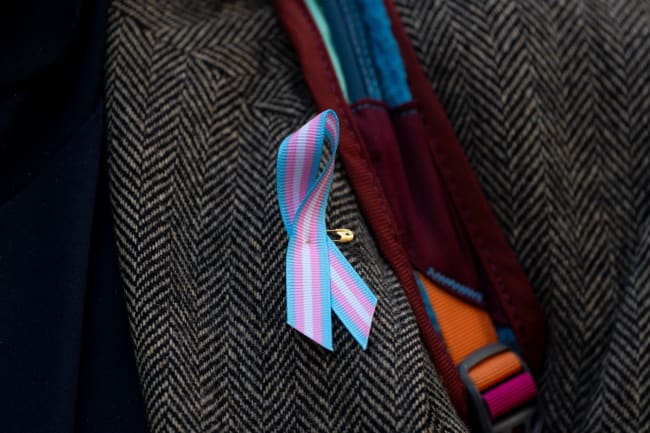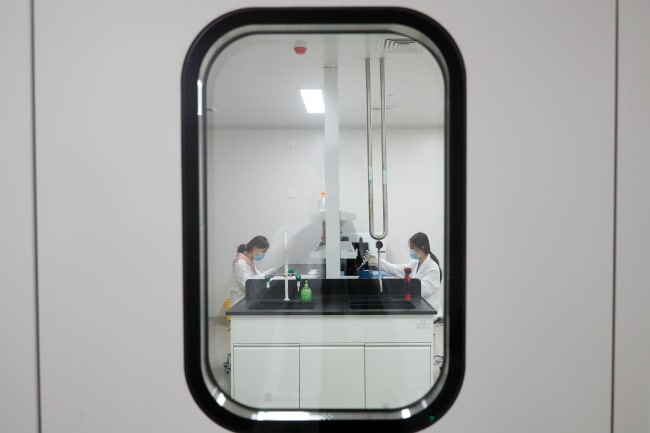At 70% of the global health workforce, women are the backbone of our health systems—but their contributions too often go undervalued and underrecognized.
Community health workers (CHWs), the majority of whom are women, deliver essential health care to more than 1 billion people in low-income countries. According to researchers, women health workers are better able to retain female patients in family planning programs and ensure uptake of maternal, newborn, and child health services. The impact of women in public health extends beyond providing effective care: countries that performed significantly better against COVID-19 were led by women and reported almost 40% fewer deaths.
Because women health workers' dedication and expertise are vital to public health, what can governments and organizations do to make the health workforce more inclusive?
Gender Disparities in Health Leadership and Workforce
A comprehensive assessment of the global health workforce unveils a stark reality: health is delivered by women but led by men. Women make up most of the health workforce but remain absent from leadership positions, with only 25% holding senior roles. Their representation in the World Health Organization's (WHO) 154th Executive Board session fell short of achieving gender parity, even across regions. Only 3.5% of national government COVID-19 task forces had equal gender representation.
Women Hold Only 25% of Senior Roles in Global Health Organizations
Icons represent heads of global health organizations and their boards
Women in Global Health estimates that at least 6 million women around the world are working in unpaid or underpaid community health roles. Female health workers are often clustered into lower-status positions or specializations in health, with the highest concentrations working in primary care, nursing, and midwifery. This occupational gender segregation contributes to the gender pay gap in health, which is estimated to be up to 29% higher than in other sectors and to take more than 130 years to close. Around $1.5 trillion of women's contributions to health are in the form of unpaid care work. This includes caring for ill, disabled, or elderly family or community members who need good nutrition and a clean environment to maintain their health. Women do up to four times more unpaid care work than men, a gap that will take 210 years to close.
The COVID-19 pandemic deepened existing gender inequities. Women health workers faced a higher risk of infection, increased workloads, and higher rates of mental health conditions. The resignation of women health workers in high-income countries is driving a great migration of health workers, weakening already vulnerable health systems in low- and lower-middle-income countries.
These inequities and imbalances imply that women, despite making up the majority of the global health workforce, struggle to gain respect and status equal to men. It not only undermines the principles of gender equality, but also makes health systems less effective.
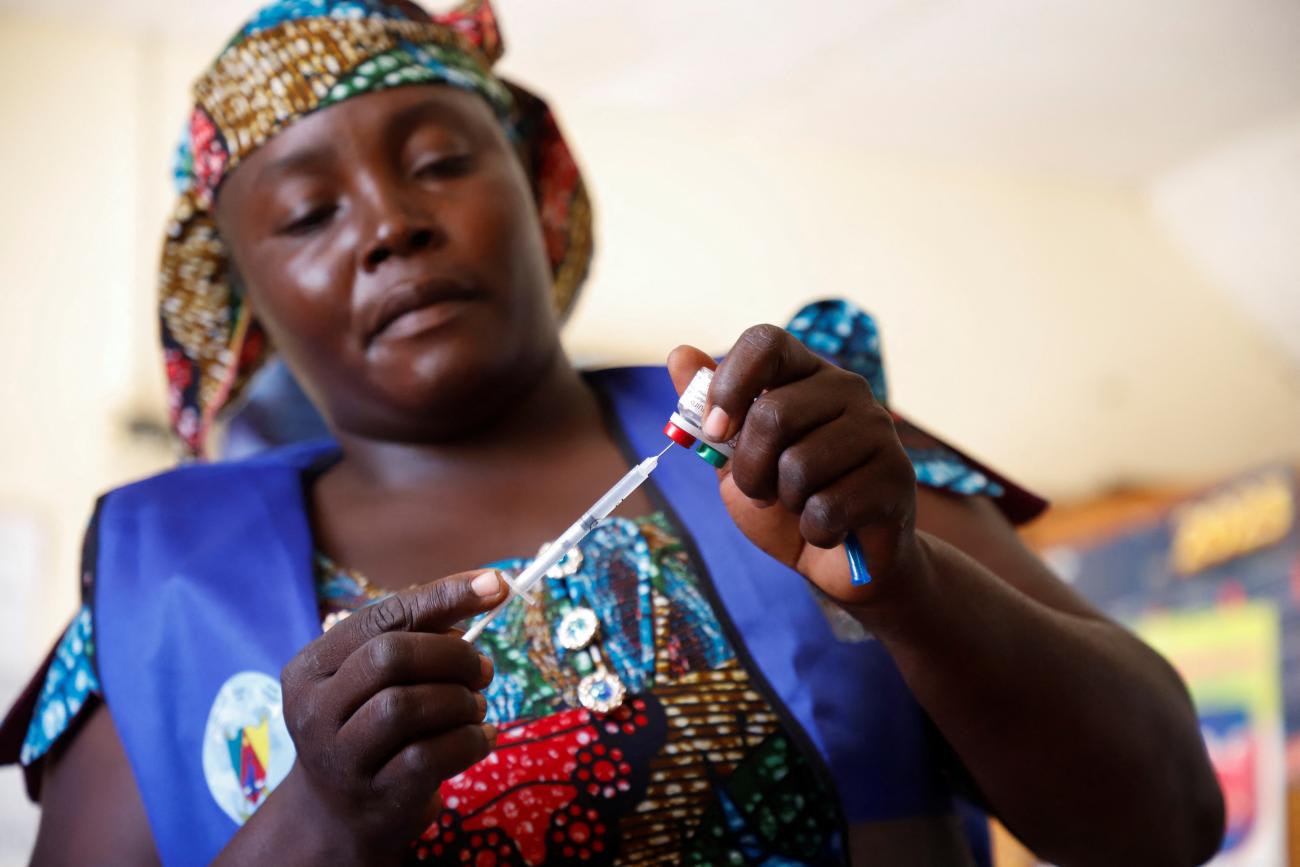
Gender Roles and Norms Shape Gender Disparities in the Health Workforce
Around the world, gender disparities within the health workforce are deeply entwined with cultural norms. Gender, a social construct, has assigned certain expectations to men and women that extend to their accepted value at home, work, and the community. Across cultures, traditional gender roles dictate societal perceptions of women.
In the Philippines, the perception that women should nurture the family has been identified as a push factor for health worker migration to high-income countries. During COVID-19, for example, the burden of care work for Filipino women increased because they had to take care of infected family members while maintaining the sanitary conditions of their home. Power and gender relations also affect women health workers. Approval of the male head of the family is necessary for a woman to be a CHW in Afghanistan. In Ethiopia, female CHWs who want to live in the same community as their husbands leave their position due to strict policies preventing them from transferring to another location.
Pakistani CHWs' ability to go on rounds depends on the availability of a husband, brother, or mother to go with them
Social norms around women's bodies and mobility prevent female health workers from performing their jobs fully. Pakistani CHWs' ability to go on rounds depends on the availability of a husband, brother, or mother to go with them. Whereas male CHWs in Nigeria were provided with motorcycles, their female counterparts were not allowed to use them, given conservative beliefs about women exposing their legs. Restriction on women's mobility has also been cited as a barrier to their career progression in health.
The occupational gender segregation of women into care work that is underpaid or unpaid also seems to have roots in the enduring labor of love myth. The care women provide to society is presumed to be done out of love and therefore does not need to be compensated. This gender expectation begins at home, and it is generally assumed that a woman's responsibility is to clean, cook, and take care of the family. To this day, women's care work continues to be devalued, leaving them overstretched and unpaid.
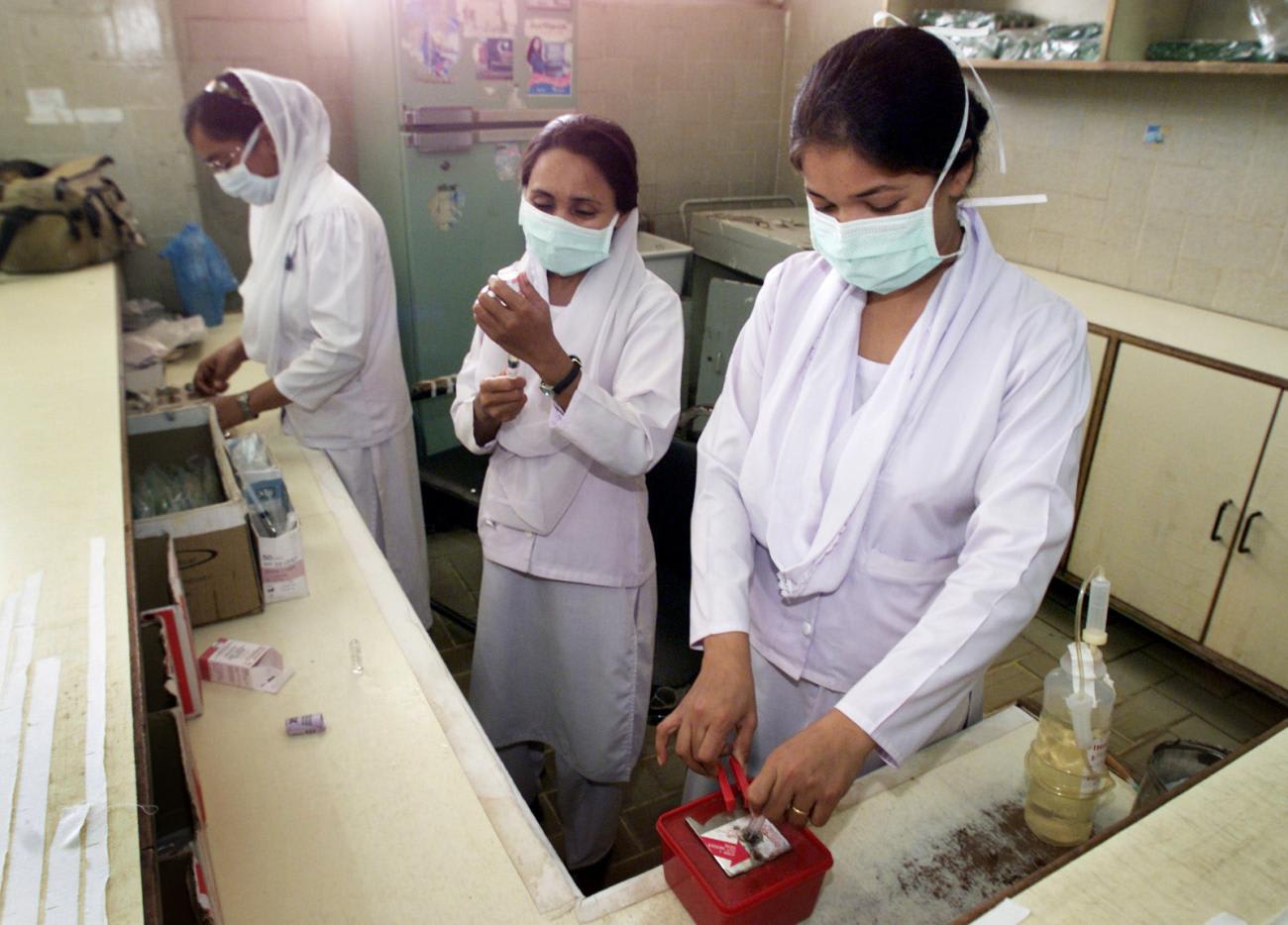
Conclusion and Recommendations
Women's significant contributions to global health underscores the importance of gender-inclusive health workforce policies. By adopting a gender perspective, policymakers can better understand and address the unique challenges that women in the health sector face. We provide the following recommendations for governments and organizations.
-
Ensure inclusive policies and practices. Policies and practices in the health sector should be designed with a gender-sensitive lens to ensure that they are inclusive and equitable for all health workers. This includes actively involving women in decision-making processes and designing interventions that address the specific needs and challenges that women face in health.
-
Recognize and value unpaid work. The significant contributions of women to health through unpaid care work needs to be recognized and valued. Governments and organizations should implement policies that acknowledge and compensate women for their unpaid care work, including and especially community health workers in low- and lower-middle-income countries.
-
Address the gender pay gap. Measures should be implemented to address the gender pay gap in health. This could include conducting gender pay audits, implementing transparent salary structures, and advocating for policies that ensure equal pay for equal work.
-
Remove barriers to career progression. Efforts should be made to remove systemic and historical barriers that hinder women's career progression in health. This includes addressing cultural norms and expectations that restrict women's mobility and autonomy, as well as promoting policies that support work-life balance and flexibility.
-
Promote gender diversity in leadership. Governments and organizations should prioritize efforts to achieve gender parity in leadership positions within the health sector. This could be accomplished under targeted initiatives such as mentorship programs, leadership development opportunities, and setting clear diversity and inclusion goals for leadership recruitment and advancement.
-
Challenge gender stereotypes and biases. Gender stereotypes and biases that perpetuate occupational gender segregation and devalue women's care work should be challenged. This requires comprehensive education and awareness-raising campaigns aimed at changing societal attitudes toward gender roles and recognizing the value of women's contributions to health care.
To honor the indispensable contributions of women to the health workforce, governments should not just talk but also act. Through gender-inclusive policies, we can forge a more equitable future for global health where every health worker is recognized, supported, and empowered.

